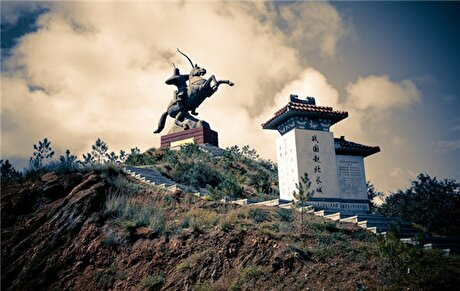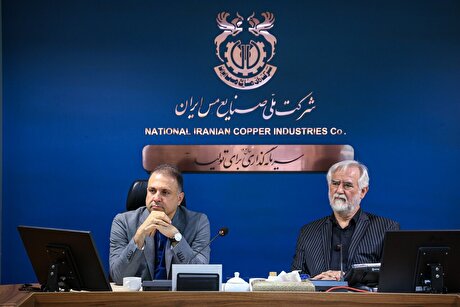
Iran to Indigenize 20 Lucrative Technologies

“Localizing these technologies will help the country to materialize objectives in relevant issues,” Qobadian said on Sunday, addressing a meeting at Niroo Research Institute.
He noted that other economic ministries are planning to make use of the country’s domestic capacities.
In a relevant development on Saturday, Iran-made humanoid robot Surena entered a new chapter with its 4th generation version unveiled at the University of Tehran.
The fourth version of Surena, Iranian humanoid robot, was unveiled during a ceremony in the faculty of engineering of the University of Tehran, with Vice President for Scientific and Technological Affairs Sorena Sattari in attendance.
The robot has taken four years to be developed. It stands 170 cm tall, weighs 70 kg, and is able to walk at the speed of 0.7 km/hr.
It can move around the sides, backward and on rough surfaces while remaining upright on uneven ground and is able to lift objects, recognize faces, shake hands, and also kick a soccer ball.
Surena also has the ability to detect 100 voice commands in addition to listening, speaking and converting text into speech; visual ability and the ability to recognize 100 different objects are other features of this robot.
The Iranian humanoid has been making steady progress in the past ten years. The first version of the robot was unveiled in 2008. It had only 8 degrees of freedom (DOF). Surena 2 was unveiled in 2010 and had 22 DOF and could walk at a pace of 0.03 meters per second. The third generation of the robot had 31 DOF and a walking speed nearly 10 times as fast, at 0.2 m/s.
The third version of Surena has been made with a fund of 20 billion rials (about $470,000 at the official rate of 42,000 rials) through four-year efforts of a team of 70 experts.
Surena was a Parthian spahbed ("general" or "commander") during the 1st century BC. He was the leader of the House of Suren and was best known for defeating the Romans in the Battle of Carrhae.



Trump weighs using $2 billion in CHIPS Act funding for critical minerals

Codelco cuts 2025 copper forecast after El Teniente mine collapse

Electra converts debt, launches $30M raise to jumpstart stalled cobalt refinery

Barrick’s Reko Diq in line for $410M ADB backing

Abcourt readies Sleeping Giant mill to pour first gold since 2014

Nevada army depot to serve as base for first US strategic minerals stockpile

SQM boosts lithium supply plans as prices flick higher

Viridis unveils 200Mt initial reserve for Brazil rare earth project

Tailings could meet much of US critical mineral demand – study

Kyrgyzstan kicks off underground gold mining at Kumtor

Kyrgyzstan kicks off underground gold mining at Kumtor

KoBold Metals granted lithium exploration rights in Congo

Freeport Indonesia to wrap up Gresik plant repairs by early September

Energy Fuels soars on Vulcan Elements partnership

Northern Dynasty sticks to proposal in battle to lift Pebble mine veto

Giustra-backed mining firm teams up with informal miners in Colombia

Critical Metals signs agreement to supply rare earth to US government-funded facility

China extends rare earth controls to imported material

Galan Lithium proceeds with $13M financing for Argentina project

Kyrgyzstan kicks off underground gold mining at Kumtor

Freeport Indonesia to wrap up Gresik plant repairs by early September

Energy Fuels soars on Vulcan Elements partnership

Northern Dynasty sticks to proposal in battle to lift Pebble mine veto

Giustra-backed mining firm teams up with informal miners in Colombia

Critical Metals signs agreement to supply rare earth to US government-funded facility

China extends rare earth controls to imported material

Galan Lithium proceeds with $13M financing for Argentina project

Silver price touches $39 as market weighs rate cut outlook

















